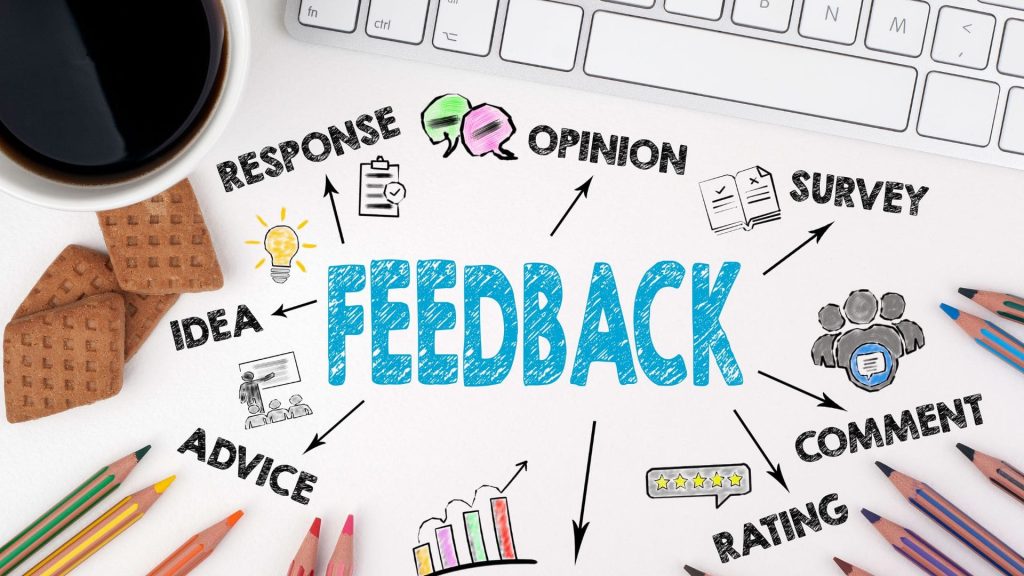
How to Resolve Workplace Conflicts Effectively?
Do you think you can make everyone happy with your conflict resolution plans?
No?
Well, I knew you were going to say nay, but let me tell you that it is possible to resolve workplace conflicts without pissing off a specific party.
Over the last two decades of managing teams and resolving workplace conflicts, I have seen many businesses suffer serious losses because they ignored the situation.
As a manager, when you hear about a conflict, the first natural thought that comes to your mind is to let the parties resolve the issue on their own. This is the point where things start getting out of hand.
I would like you to understand that unresolved conflicts can have negative results. This is why you must act on their resolution without any delay.
Let me take you to the basics!
What is a Workplace Conflict? (Don't Miss the Types)
Workplace conflict occurs when there is disagreement or tension between employees or groups within an organization.
This can result from differences in opinions, misunderstandings, personality clashes, competition for resources, or inequalities.
There are different types of conflicts. You need to know about them if you want to resolve them effectively. Below, I have listed the most common ones.
1.Task Conflicts
Task conflicts, also known as cognitive conflicts, arise due to disagreements about the resources and outcomes related to a task.
Differences in opinion, ideas, and approaches regarding handling a task can result in these conflicts.
2.Relationship Conflicts
Relationship conflict usually starts from personal differences and interpersonal tensions. This type of conflict is emotional and often involves personality clashes or miscommunications.
Relationship conflict can be particularly challenging to resolve because it affects individuals personally and can lead to a toxic work environment.
3.Value Conflicts
Value conflict arises from differences in beliefs, values, or ethics. This type of conflict can be deeply rooted and challenging to resolve.
This is because it involves fundamental aspects of an individual’s identity. Value conflict often requires open and respectful dialogue to understand other’s perspectives and find common ground.
4.Role Conflicts
Role conflict occurs when there is confusion or disagreement about job responsibilities and expectations. This conflict can arise from overlapping duties, unclear job descriptions, or conflicting supervisor demands.
5.Process Conflicts
Process conflict involves disagreements about the procedures, methods, or processes used to achieve a task. This type of conflict is focused on how work is done rather than the task itself. Process conflict can be constructive if it leads to improving workflows and efficiency but can be detrimental if it creates delays and frustration.
6.Resource Conflicts
Resource conflict arises when there is competition for limited resources, such as time, money, equipment, or personnel. This type of conflict is common in organizations where scarce resources must be allocated judiciously. Effective resource management and prioritization are important for minimizing resource conflicts.
Understanding these types is very important. Once you know the reason, you can work towards a resolution.
What are the Common Causes of Workplace Conflicts?
How can you manage a problem if you don’t know what caused it? Right? Well, there are many sources through which workplace conflicts can arise. Below, I have mentioned some of the common ones.
1.Poor communication
Miscommunication or lack of communication is one of the primary causes of workplace conflict. Misunderstandings can occur when information is not shared clearly or effectively, leading to confusion, errors, and disputes.
2.Unclear job roles
Ambiguity in job roles and responsibilities can cause confusion and conflict. When employees are unsure of their duties or when tasks overlap, it can lead to misunderstandings and disagreements over who should do what.
3.Personality Differences
Different personalities and work styles can lead to conflicts, especially when individuals have 180′ approaches to tasks, problem-solving, and interaction. These differences can create friction if not managed with mutual respect and understanding.
4.Poor Leadership and Management
Ineffective leadership can contribute to workplace conflict. Leaders who must communicate, provide adequate support or address issues promptly can create an environment where conflicts flourish.
5.Stress and Pressure
High levels of stress and pressure can exacerbate conflicts. When employees are overworked or under significant stress, their patience and tolerance levels decrease, making conflicts more likely.
Keep Reading…
Workplace conflicts are bound to happen because of the diversity of personalities, goals, and work styles of different people within any organization. So there is nothing to stress about!
Conflicts can be an opportunity for growth, innovation, and improved relationships if managed effectively.
I have met many managers and team leaders in my work life who prefer working with like-minded people. Well, let me tell you a little secret: If you don’t work with people who disagree, you’ll not be very successful in your business.
You need to understand that there’s no one right regarding ideas and opinions.
Expert Strategies and Steps to Resolve Workplace Conflicts
To resolve workplace conflicts, you must consider implementing the expert-suggested strategies I have explained below.
Identify the Source of Conflict
Knowing the root cause of the conflict is very important. You need to determine whether it is a clash of personalities, a misunderstanding, or a disagreement over tasks. Identifying the source helps in addressing the issue more effectively. You must look at the situation objectively and consider what you must address.
Gather Initial Information
Once you have identified the source, you need to take time to collect information related to the conflict or situation. You must only come up with a solution or give a verdict once and if you have the details to help you make an informed decision. You have to dig deep and discover the event’s details, the parties involved, and how people feel. You can have private conversations with parties to get their point of view.
Address Issues Without Delay
Don’t keep conflicts from going on for a long time. Addressing issues early can prevent further escalation and help you avoid major problems. You must encourage an open-door policy where employees feel safe expressing their concerns early on. Note that any delays caused by your disinterest will result in serious losses.
Practice Active Listening
One of the most important strategies is listening to all parties involved without making any interruptions or imposing your verdict on them. You have to show all concerned people empathy and understanding. Active listening is about hearing what individuals say and feeling their emotions and any underlying causes behind their statements.
Try to Understand Perspectives
You can always ask open-ended questions to understand each party’s perspective and opinions. Avoid making assumptions or jumping to conclusions. By understanding the underlying interests and concerns, you can easily find solutions.
Acknowledge Criticism
When talking to the parties involved in the conflict, you must urge them to accept criticism. Sometimes, what other people say can be difficult to hear or take, but it is important to know that having an open mind can help your team identify their weak areas and help them grow and improve their overall performance.
Focus on Issues, Not the People
When resolving conflicts, you must separate people from the problem. Once you know the underlying problem, addressing the issue is best rather than blaming any involved parties. This would help you resolve the situation more professionally without degrading any individual or group.
Explore Solutions with Collaboration
Encourage a collaborative approach to problem-solving. You should brainstorm possible solutions with the parties having the conflict and evaluate the pros and cons of each option. If possible, always aim for a win-win solution for both parties. This would improve the work environment and boost the team’s overall productivity.
Agree on a Solution and Follow Up
Once a solution is identified, ensure all parties agree on the way forward. Clarify the plan that will be implemented and the responsibilities of each party.
The resolution doesn’t end with a plan; it requires follow-up to ensure the conflict is resolved and doesn’t re-emerge. Regular check-ins help maintain open communication and promptly address any new issues.
Find these strategies helpful. Along with these strategies, you must also consider some tips that I have summarized through my personal experience.
More Articles to Read
Tips to Consider for Conflict Resolution
Consider these practices when resolving conflicts:
Work on Conflict Resolution Skills
Train employees and managers in conflict resolution skills. Workshops on communication, negotiation, and mediation can be beneficial.
Establish Clear Policies
Have clear policies and procedures in place for managing conflicts. Ensure all employees know these policies and how to access support if needed.
Promote a Positive Work Environment
Promote a culture of respect, collaboration, and inclusivity. Encourage teamwork and recognize contributions to build a positive work environment.
Always Lead by Example
Managers and leaders should model effective conflict resolution behaviors. You must demonstrate how to handle conflicts calmly and constructively and set a standard for others to follow.
There you have it. This completes my initial guide for effectively resolving workplace conflicts.
Resolving workplace conflicts is very important but requires being proactive and professional. You need good communication skills, an open mind, and a willingness to understand different opinions and perspectives.
In this guide, I have discussed workplace conflicts, their various types, common causes, and the steps to resolve them.
The purpose of this guide is to help you understand that conflicts among your team members would not get resolved on their own. You would end up losing your staff, compromising your business affair, damaging your reputation, and destroying your business if you don’t take up the issue in your hands.
I hope this guide helps you understand and resolve conflicts before it’s too late!




